 sales@vipmytour.com
sales@vipmytour.com 8618611354735
8618611354735
How many Great Wall scenic spots can be seen within Beijing?
The Great Wall, originally a military defense project in ancient times, has now become a monumental landscape. There are more than 43,000 sites of various Great Wall remains across China. How many Great Wall scenic spots can be seen within Beijing?
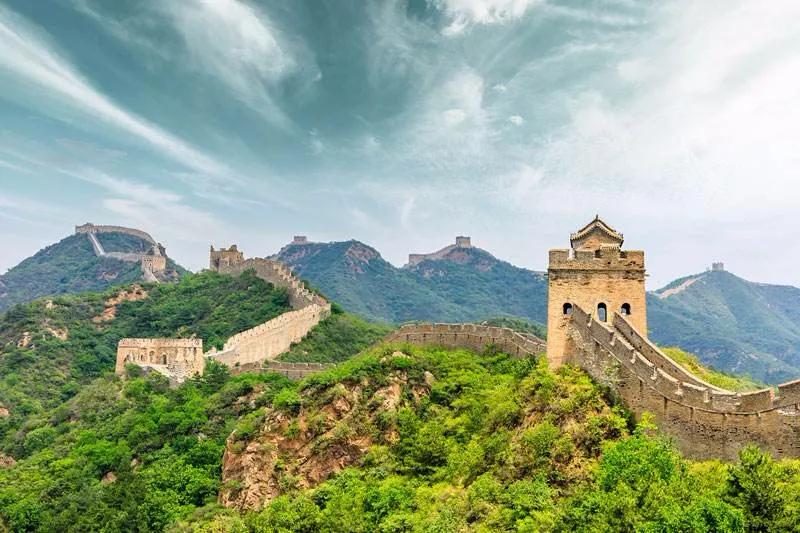
Badaling Great Wall: Located at the northern gateway of the ancient Jundu Mountain Road in Yanqing District, this is one of the Ming Dynasty Great Wall passes and a crucial outpost of the Juyong Pass. Historically known as "the greatest danger in the Great Wall is not in the pass but at Badaling," this section features steep terrain and towering height, serving as a key military pass in the Ming Dynasty and a significant defense point for the capital. It connects to Shanxi, Inner Mongolia, and Zhangjiakou, making it one of the world's nine strategic passes. Badaling is considered the essence of the Ming Great Wall and was the first Ming-era section open to tourists. Notable features include Wangjing Stone, Heavenly Ladder, Bouncing Qin Gorge, ancient cannons, Guan Cheng, and the famous saying monument "He who has not climbed the Great Wall is not a true man." The peak season entrance fee is 45 yuan, and it is 40 yuan during the off-season (November-March).
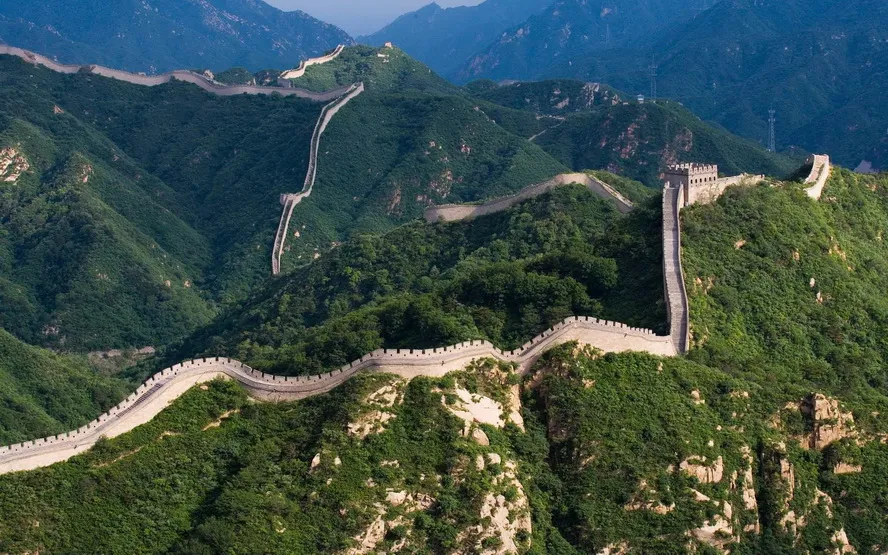
Juyongguan Great Wall: Situated 20 kilometers north of Changping District, this famous ancient pass is nestled within a 15-kilometer-long valley with overlapping mountains and lush trees on both sides. It was already listed as one of Yenching's eight scenic spots 800 years ago during the Jin Dynasty, referred to as "Juyong Stacked Jade." Juyongguan Pass served as the northern gateway to Beijing, embodying the saying "one man holds the pass, ten thousand cannot open." Inside Juyongguan city, which is circular in shape, are landmarks such as the Pam Palace and Stacked Cui Academy, as well as trading streets. Visitors can explore the City God Temple and meet the Holy Driver's Palace. The site includes yamen offices, temples, and Confucian-related buildings. The peak season ticket price is 40 yuan, and it is 35 yuan during the off-season.
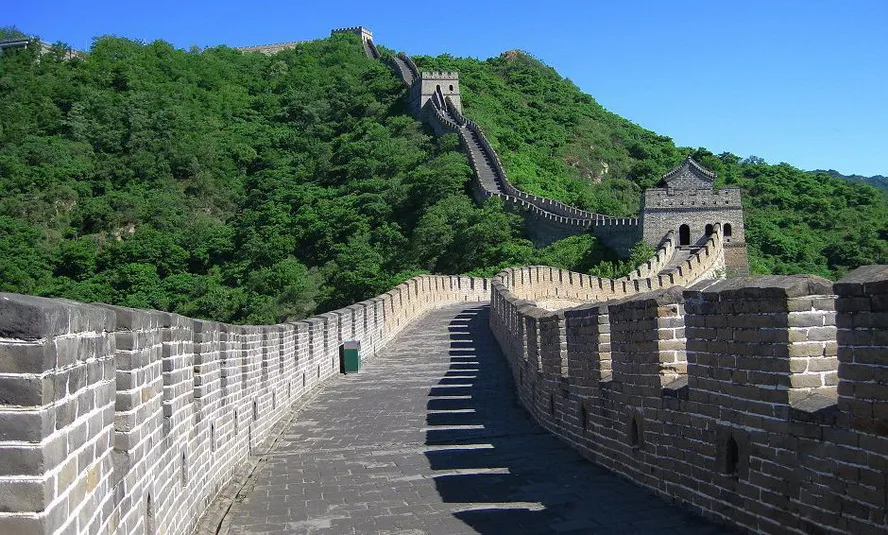
Mutianyu Great Wall: Located in Bohai Town, Huairou District, Mutianyu Great Wall was constructed under the supervision of Xu Da, a founding minister of the Ming Dynasty, on the site of the Northern Qi Great Wall. It is considered the essence of the Ming-era Great Wall and extends 5,400 meters, making it the longest section in China. Mutianyu connects to Gubeikou in the east and Juyongguan Pass in the west, serving as a vital military stronghold protecting the capital since ancient times. It is one of Beijing's 16 famous scenic spots and is renowned internationally, earning the nickname "The Great Wall of 10,000 miles, Mutianyu stands out alone." Mutianyu features well-preserved structures such as the main pass platform, Big Corner Tower, and Eagle Flies Inverted, attracting visitors with its ancient charm. Entrance fees are 45 yuan during peak season and 40 yuan during the off-season.
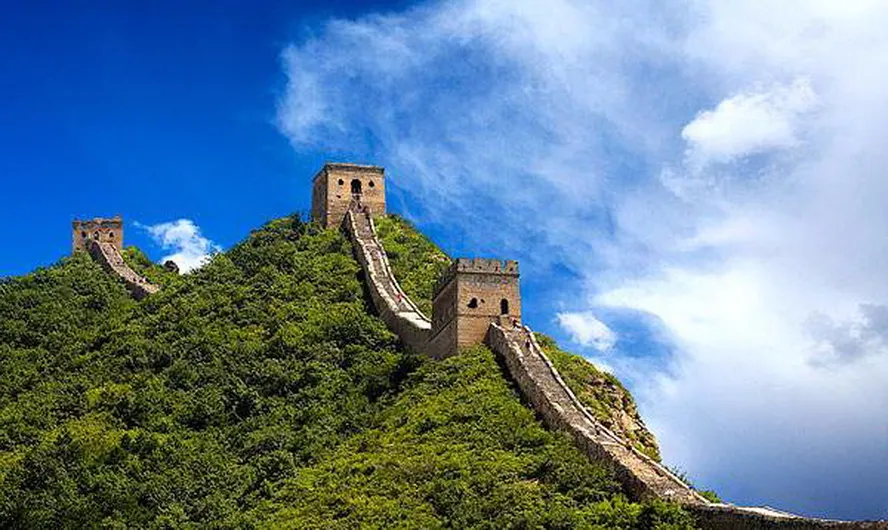
Simatai Great Wall: Found north of Simatai Village in Gubeikou Town, Miyun District, Simatai Great Wall is now connected with Gubei Water Town. It was built along steep mountain ridges and is famous for its five unique characteristics: danger, density, uniformity, ingenuity, and completeness. In 1987, Simatai was listed as a World Heritage Site and recognized by The Times in 2012 as "first among the world's top 25 scenic spots not to be missed." It is the only section of the Ming-era Great Wall in China that retains its original form and has been identified by UNESCO as the "Original Great Wall." Luo Zhewen, a renowned Chinese ancient architect, praised it as "the greatest of the Great Wall of China." The 5.7-kilometer-long Simatai Great Wall is divided by Yuanyang Lake Reservoir into east and west sections, featuring 16 and 19 enemy towers respectively, totaling 35 towers (including one submerged in water). The entrance fee is 40 yuan.
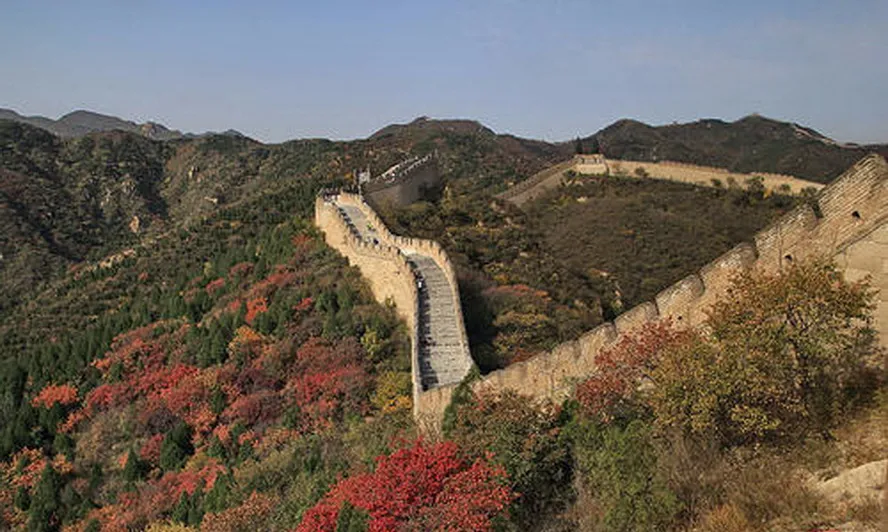
Shuiguan Great Wall: Located in Shifosi Village, Badaling Town, Yanqing District, this section is the eastern part of the Badaling Great Wall, built at the mouth of a perilous valley. Shaped like a "V," the Great Wall here follows the natural mountain contours, resembling a colossal dragon like Kunpeng spreading its wings. Its distinctive water gate archery towers are extremely rare along the Great Wall. Though connected to Badaling, it is considered a separate scenic spot. The entrance fee is 40 yuan.
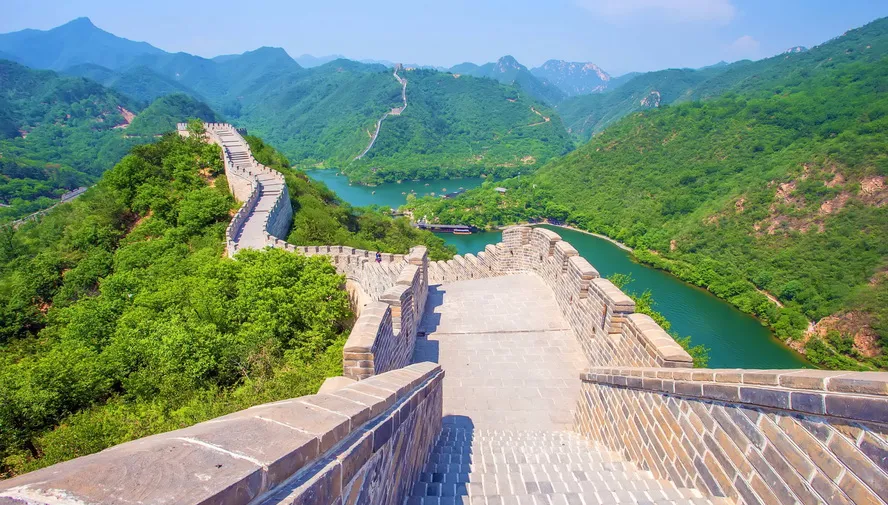
Huanghuacheng Water Great Wall: Situated in Jiuduhe Town, Huairou District, this unique Great Wall is named for its three sections that intersect with water, making it the only water-connected Great Wall in Beijing. Renowned for its picturesque oddity, it is celebrated for combining scenes of Jiangnan within the Great Wall. Entrance fees are 60 yuan.
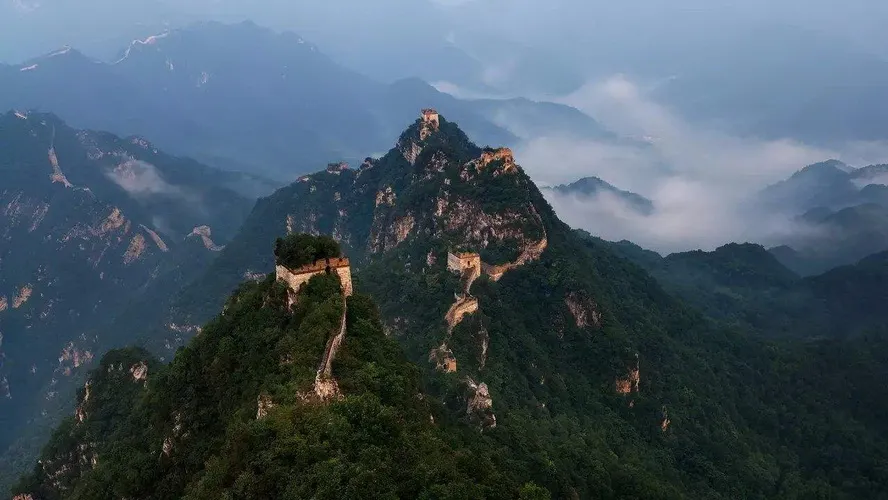
Arrowbuckle Great Wall: Located in Badaohe Township, northwest Huairou District, the Great Wall earned its name because its winding path resembles a bow full of arrows. This section, known for its treacherous terrain, is among the most famous and dangerous Ming-era Great Wall segments. Stretching more than 20 kilometers from Ox's Horn and Ghost Gate Pass to Arrowbuckle Beam, Heavenly Ladder, Eagle's Flying Inversion, and Beijing Knot, it showcases the Great Wall's astonishing, perilous, and unique nature. Unmodified by human hands, it presents an original ancient landscape highly favored by photographers and outdoor enthusiasts, despite its risks. Plans for repairs are underway due to its wild and unprotected state.
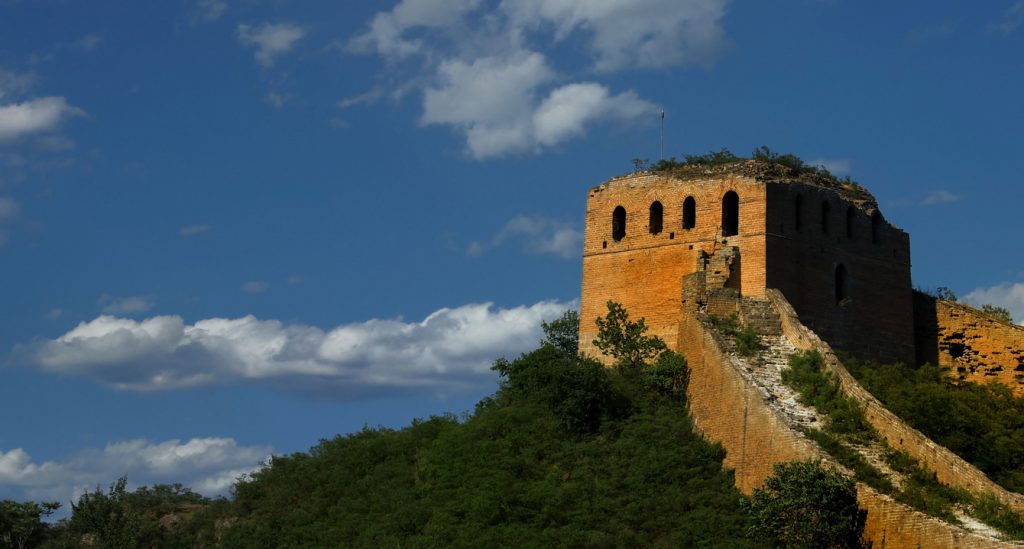
Gubeikou Great Wall: Located in Gubeikou Town, Miyun District, this is the most intact section of the Ming-era Great Wall, comprising both the Northern Qi and Ming Great Wall systems. Encompassing Jinshanling and Simatai, along with Crouching Tiger Mountain and Panglong Mountain, it features attractions such as Wangjing Building, Sisters Building Great Wall, Fairy Building, General Building, and Water Building ruins. Entrance fees are 45 yuan.
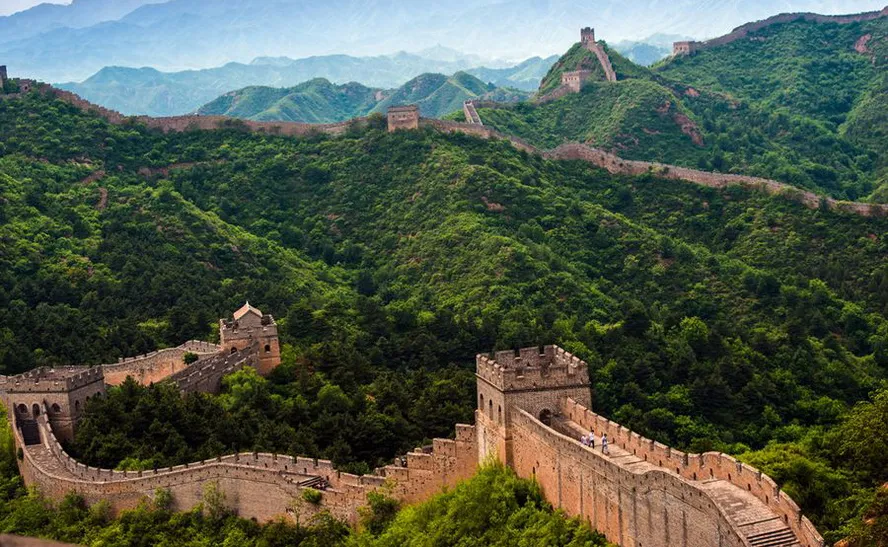
Jinshanling Great Wall: Although part of the Gubeikou Great Wall, Jinshanling is also a separate scenic spot, spanning Luanping County, Chengde City, adjacent to Miyun. Entrance fees are 65 yuan in peak season and 55 yuan in the off-season. Built in 1567 during the Ming Dynasty, Jinshanling was overseen by Qi Jiguang, a renowned anti-Japanese general, and Tan Lun, the governor of Jizhou, as they reconstructed and expanded on Xu Da's earlier work. Jinshanling is revered as the finest section of the Great Wall, earning the moniker "The Great Wall of China, with Jinshan standing alone." Notable features include barrier walls, inscribed bricks, and horse-blocking stones, making it a paradise for photographers.


